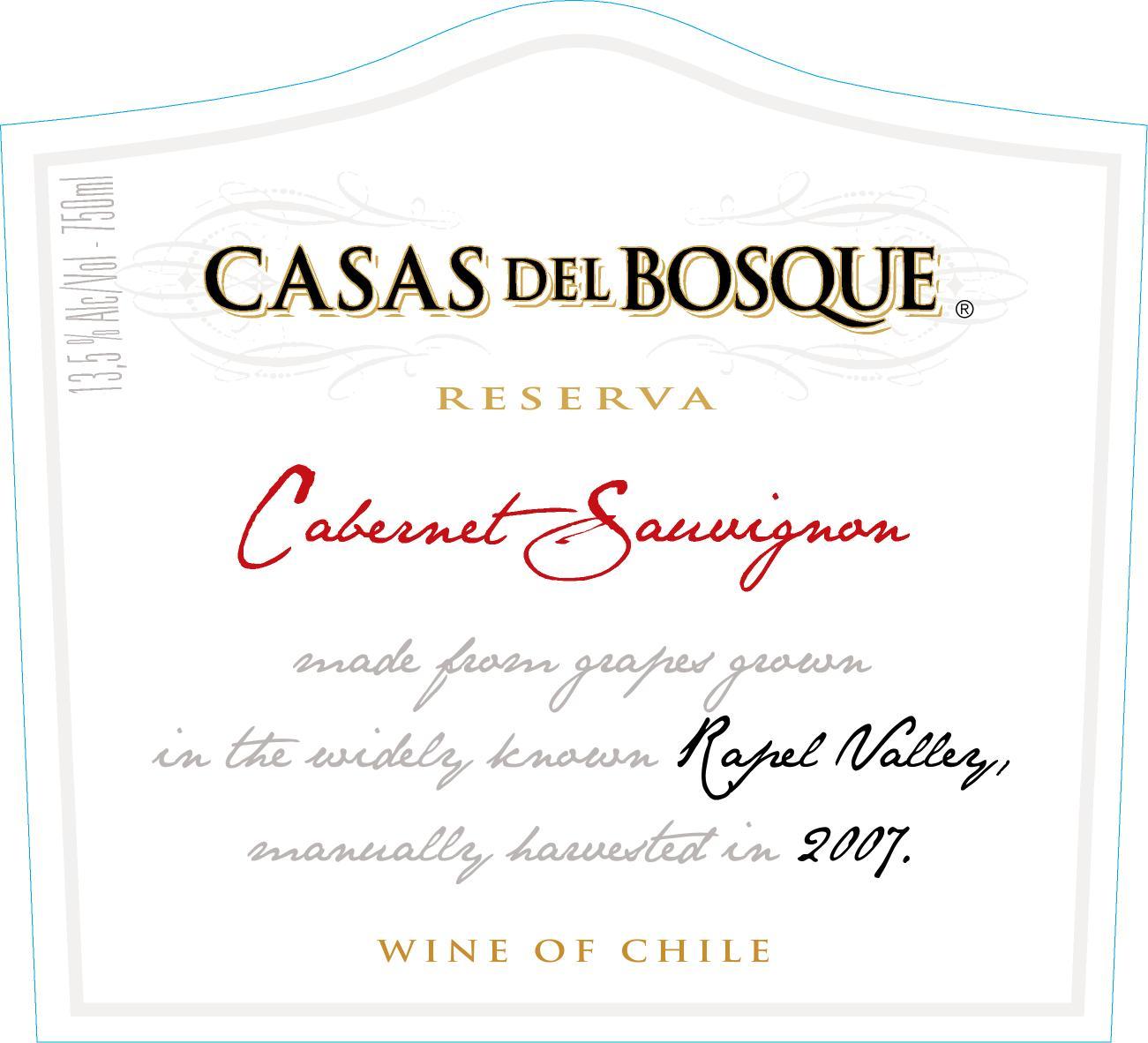2007 Rapel Valley Cabernet Sauvignon
The Casa Del Bosque Reserva is a striking Cabernet Sauvignon from the esteemed Rapel Valley, renowned for its rich and balanced wines. This captivating red, hailing from the 2007 vintage, showcases a full-bodied character that impresses with its depth and complexity. The acidity is bright, offering a refreshing lift that beautifully complements its robust structure and notable tannins, providing a firm backbone that promises aging potential. The fruit intensity is prominent, revealing layers of dark fruit flavors, intertwined with hints of spice and subtle oak influences. As a dry wine, it displays a refined elegance that makes it a delightful choice for any occasion, whether enjoyed on its own or paired with hearty dishes.
The Casa Del Bosque Reserva is a striking Cabernet Sauvignon from the esteemed Rapel Valley, renowned for its rich and balanced wines. This captivating red, hailing from the 2007 vintage, showcases a full-bodied character that impresses with its depth and complexity. The acidity is bright, offering a refreshing lift that beautifully complements its robust structure and notable tannins, providing a firm backbone that promises aging potential. The fruit intensity is prominent, revealing layers of dark fruit flavors, intertwined with hints of spice and subtle oak influences. As a dry wine, it displays a refined elegance that makes it a delightful choice for any occasion, whether enjoyed on its own or paired with hearty dishes.




